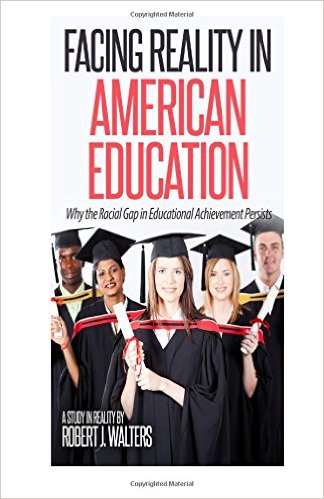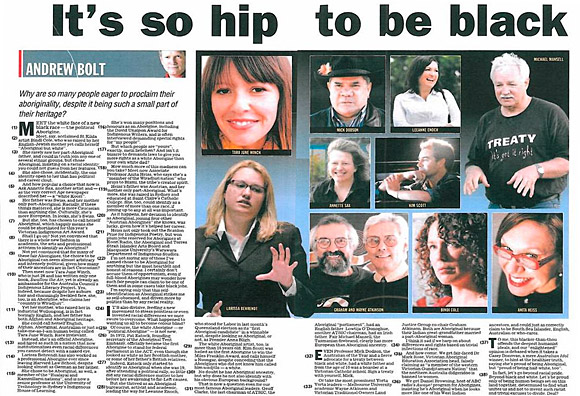Reality Shock in the American Classroom: A Guide for the Perplexed
 A review of Facing Reality in American Education by Robert J. Walters
A review of Facing Reality in American Education by Robert J. Walters
There are over 1200 schools of education in the United States awarding upwards of 175,000 Masters Degrees each year. Prospective students are increasingly selected on the basis of demonstrated commitment to egalitarian ideology; in any case, all of them are intensively marinated in that way of thinking for a couple years or more before being let loose in America’s classrooms. There, of course, they observe White, Jewish and Asian students outperforming Blacks and Mexicans—over, and over, and over again.
Some teachers’ beliefs are unaffected by even a lifetime of observation contradicting what they have been taught; such close-minded ideologues are the successes of our ed school system. But for many of their colleagues, cognitive dissonance is painful, and their inability to “make a difference” in the lives of their young Black and Brown charges can be deeply discouraging.
The education establishment makes sure these well-meaning teachers have nowhere to turn. Some become cynics who go on mouthing the platitudes they have been taught while learning not to care about their students. More than a few drop out of the profession entirely, at a considerable sacrifice of time and money invested. Very few, we can be sure, ever stumble across American Renaissance or any other publication that might allow them to make sense of their experiences. Read more





